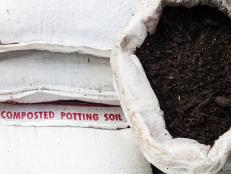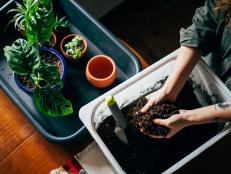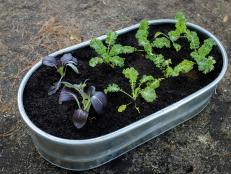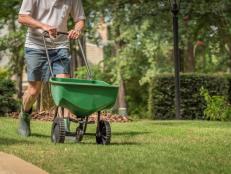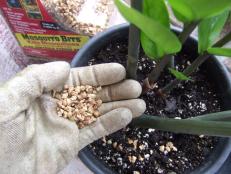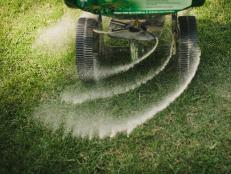How to Amend Garden Soil

richsouthwales / Shutterstock.com
Once you’ve tested your soil, you may have some work in front of you to get it ready for planting. Depending on what’s wrong with your soil, amending – a fancy word for “fixing” - can be an easy fix…or a pretty complicated one. Here are some common soil problems and their solutions:
Problem: Soil is too acidic. The lower the pH level, the higher the acidity. While certain plants require a more acidic soil, most do best between 5.8 and 6.5 pH.
Solution: Adding lime, poultry manure, or wood ash to your soil can make it more alkaline and raise the pH to a healthier level. If you’ve already got plants in the ground, add a little at a time – 5-10 pounds of lime per 100 square feet of soil – and wait at least three months to re-apply, to avoid shocking the plants.
Problem: Soil is too alkaline. Again, all plants prefer slightly different pH levels, but if your soil is above 6.5 pH, it’s likely too high.
Solution: Elemental sulfur is a popular choice for adding acid to soil, since it’s safe for plants and relatively inexpensive. However, it is slow-acting. Iron sulfate is a bit more expensive, but faster. Many gardeners swear by coffee grounds as an inexpensive, safe and readily-available way to lower pH levels.
Problem: Soil is lacking in essential nutrients. Nutrients like nitrogen, phosphorus, and potassium are vital for healthy plants.
Solution: Add organic matter or inorganic fertilizer. Organic matter can include anything from compost to bone meal to lawn clippings, depending on your specific needs. Inorganic fertilizer is inexpensive and works quickly, but instead of actually amending the soil, it simply feeds existing plants, and can damage soil over the long haul.
Problem: Soil is too sandy or too dense. Remember that clay soils can have a hard time draining, while sandy soils often don’t effectively deliver nutrition to plants.
Solution: Adding peat moss is an inexpensive and effective way to loosen up clay soil, while compost can build up and enrich sandy soil.
Now that you know the basics for amending soil, it’s a good idea to read up on your specific issue in more detail. Over-amending soil can do more harm than good, as can using the wrong amendment.
And if it turns out your soil is going to be very difficult, expensive or time-consuming to amend, don’t lose heart! Remember that container gardening and raised beds are both gardening options that may make your life easier – and your good-soil dreams come true.







